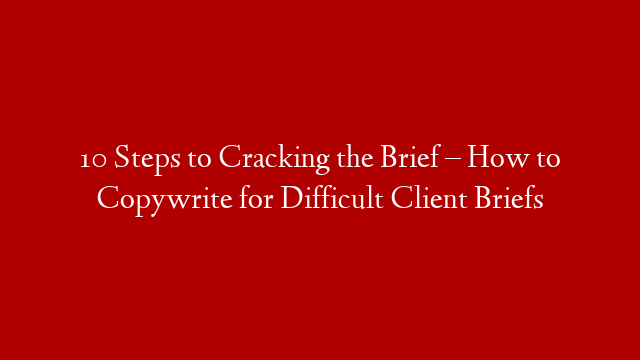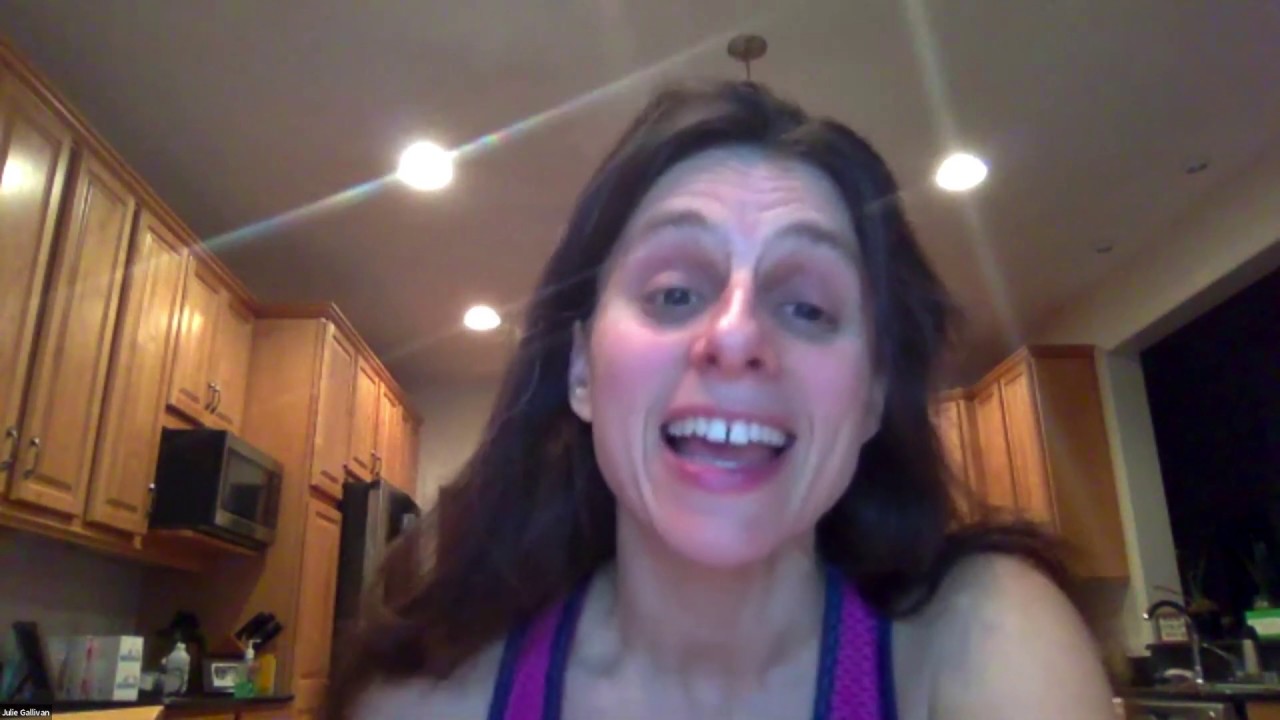Commercial copywriting is a lot different from writing poetry and musings.
It’s targeted and expects a definite outcome from the reader. In fact, its actual worth is judged by these outcomes.
I’ve been doing commercial writing for more than ten years and I still love it. But sometimes, the brief is just damn hard. It might be a badly written brief, or it might be because I’ve done a dozen similar briefs before.
But when the clock is ticking, there’s no waiting for the muse. It’s about getting down and doing the business. When all else fails, I fall back on these ten basic steps:
1. Fake It Till You Make It:
It’s such a cliché I know! But my first step is always to start free-writing. Anything that comes up in my mind goes down on paper. Rude words or luminous day dreams – they all go down.
When I free-write, I usually try to type as fast as I can. Sometimes I imagine I’m a computer programmer with 30 seconds to hack a top security system and stop the world from exploding. Other times I’m bursting bubble wrap on my keyboard. You get the idea – All super silly situations that get my fingers flying across the keyboard. And over the obstacles in my mind.
What comes out of this is really of no consequence. But it is amazingly energizing. It tricks the mind into believing that creating something out of nothing is a breeze. I mean – just looks at all the words on the screen?! Right?! They weren’t there before! Right?! That means I must have created them! Right! I am Cre-a-Tor!
2. Cool Time:
After the mad dash to save the world, I usually go straight into the fun stuff of the brief. Here I apply the same fast-forward approach as in Step 1, but applied to one word, phrase or idea from the brief which I like.
And it gets even more indulgent than that.
I try to entertain myself with this one word or idea. I free-write stuff that makes me giggle, makes me want to research a fact, or gets me to mail a friend or share a cool link.
I look for stuff that inspires me, whether it’s related to the product, the story behind the product, the industry, whatever, it doesn’t matter. I go as wide and as off-the-page as I can, so this involves two to three hours of free-writing and doodling on the net. But I do limit myself: I expect something concrete to show up somewhere in the process, and I stop after three hours.
3. Gimme a Break:
A while ago I read a great article on how to stop emotional eating. I noticed that one of the tips in the article worked just as well for a lame brainer (since, in my case at least, hitting a lame brainer leads to emotional face-stuffing). At this point I usually get out of my head and out of my space and I give myself a break.
I go for a walk / cycle into town / call a friend / sleep on it / any or all of the above.
I think getting away from my desk stops my mind from going into a downward spiral. Because when I feel dead creatively, it’s easy to obsess about my abilities.
I try to avoid the internal conversation where my mind tells me I’m only kidding myself, I suck at my job, I’m kidding no-one, bladibla bla bla.
So I go on a field-trip instead where I don’t think about the brief at all. Somehow my brain mulls over everything I’ve been poking at in the course of the morning and makes all the necessary connections. Phoof. Just like that.
4. That One Thing:
I’m now relaxed and inspired. It might be the next day, or the same. Doesn’t matter. I now have a clear vision of what to say.
And more importantly, I know HOW to say it.
I formulate my one clear and concise message and stick it up on the wall. It’s the one thing I want to communicate. I don’t write the tone of the message down. It is now engrained.
5. Become the Queen Ant:
I now give birth to as many ideas as possible and get them up on the wall. Even if the ideas are crap, by allowing them to live on a piece of paper I am still creating. It tells my mind I can. So I don’t sensor anything. I get everything up on the wall or down on paper.
6. Screw the Client:
This is where I read the brief again. This time, consciously and critically. At this point I screw the client.
I look past all the corporate speak real people don’t care about and find what they do care about. I ask myself: What would make me act if I was them? No. Really ACT.
7. Kill Your Babies:
I then go through my ideas. Again, consciously and critically. I ask each of them two questions only: Do you say That One Thing? Do I believe you?
8. Polish the Diamonds:
At this point I hopefully have a few ideas I believe in. Time to polish them until they shine.
9. Become Deadly Rational:
After all this flapping in the wind, going for walks and talking to myself, I understand that the client (who I have decided to screw) might not be on the same page as I am.
So this is where I turn on the corporate speak and usually write a rationale. In my rationale I explain my thoughts, insights, tone and creative execution.
10. Spell-Check It:
Again. Just do it. For me the only way to spell check is to print out my work and read it out loud. Because I’ve been through hell and back for this damn brief and I’m not going to let one stupid little spelling mistake ruin the pow-wow impact.
That’s it. 10 Steps to answering the nightmare brief. Works for me – every time.



